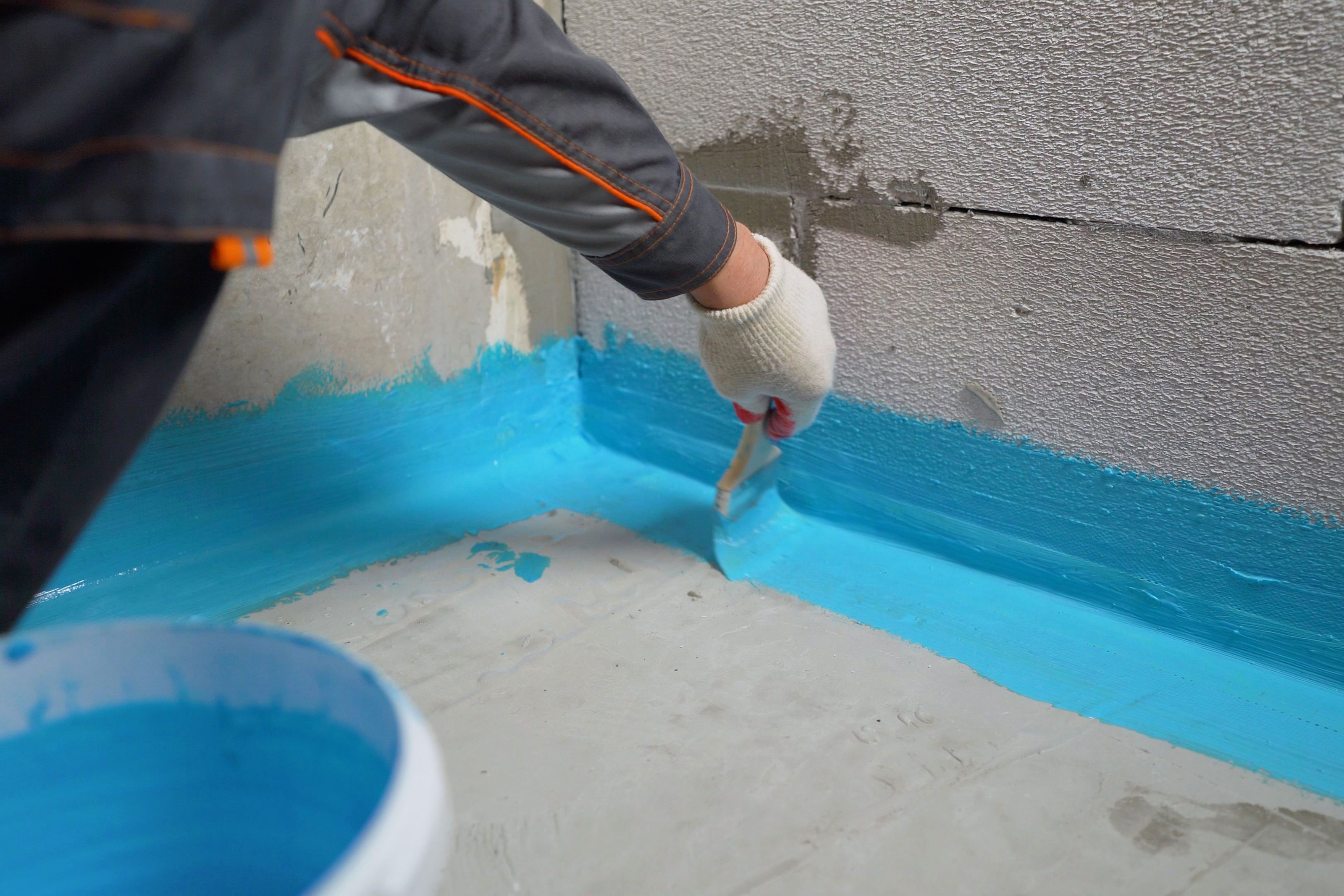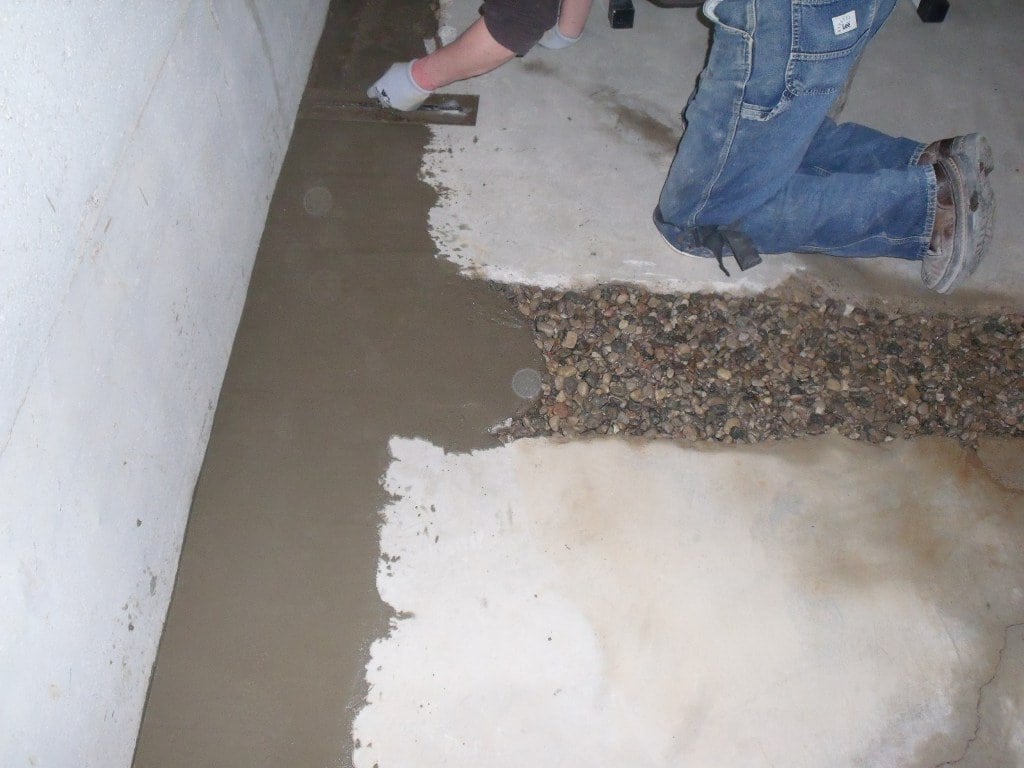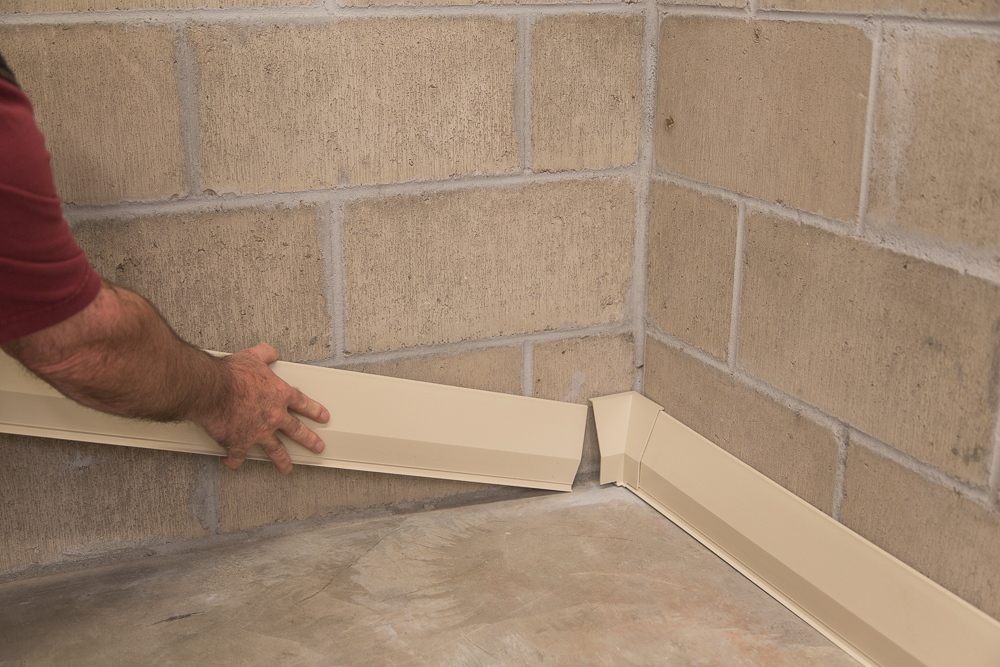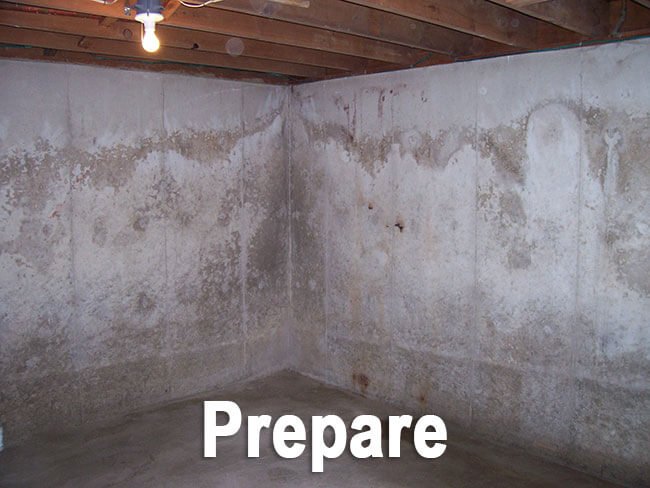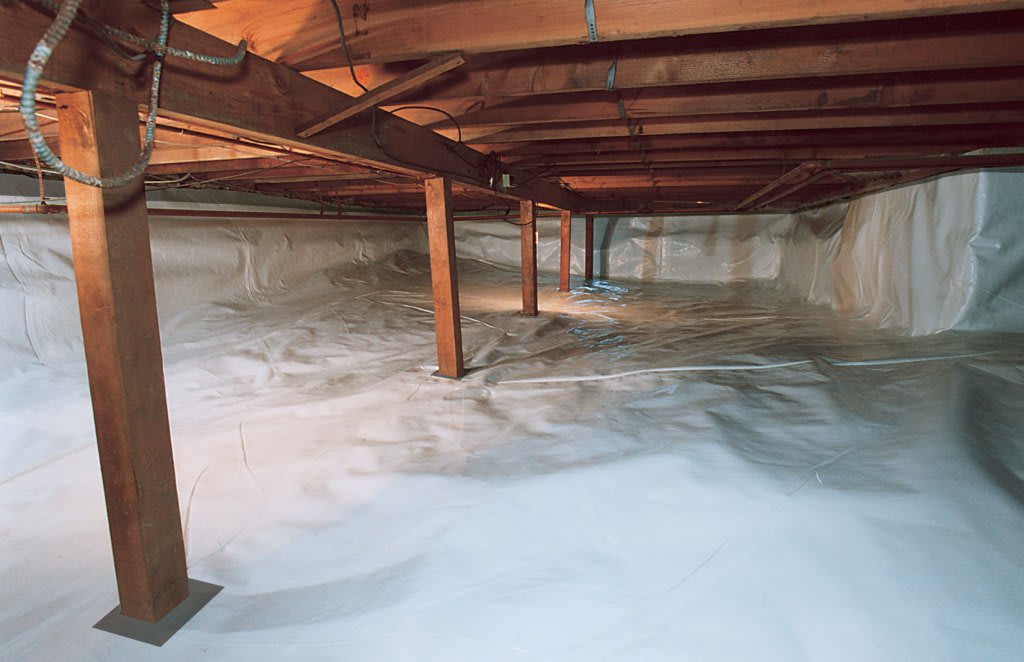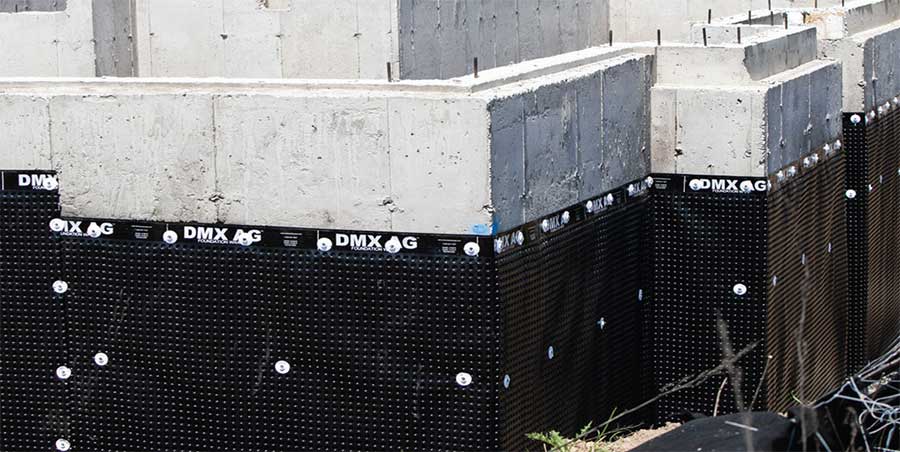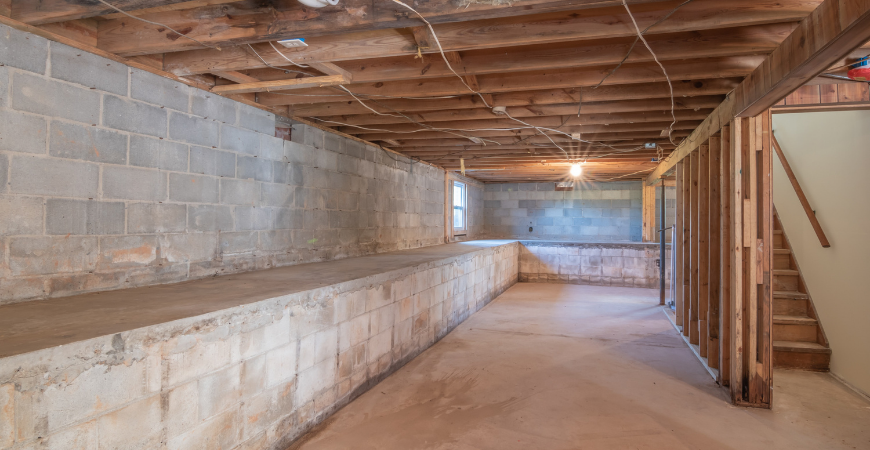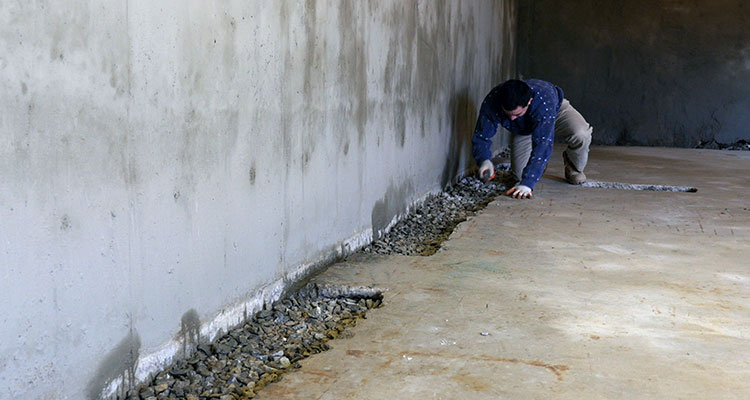Waterproofing basement walls and floors is essential to prevent moisture damage, mold growth, and structural issues. Start by identifying the source of water intrusion—whether from cracks, poor drainage, or high humidity. For minor leaks, hydraulic cement can seal small cracks in concrete walls effectively. Applying a waterproofing membrane or coating creates a moisture barrier on interior surfaces. Exterior solutions like French drains or proper grading address water before it reaches foundation walls. Combining interior and exterior methods provides the most comprehensive protection against basement moisture problems.
Interior sealants offer a practical solution for existing basements. Epoxy injections repair structural cracks, while crystalline waterproofing penetrates deep into concrete pores. Rubberized asphalt coatings work well on floors, creating a seamless barrier when properly applied. Waterproof paint provides a basic level of protection for walls but shouldn’t be relied upon for serious leaks. Drainage systems like interior perimeter channels collect water and direct it to a sump pump. These methods are less invasive than exterior excavation but may require professional installation for optimal results.
Exterior waterproofing provides long-term protection but involves more extensive work. Excavating around the foundation allows application of bituminous coatings or waterproof membranes to outer walls. Installing dimple drainage boards directs water away from the foundation while protecting the waterproof layer. Properly sloped landscaping and extended downspouts prevent water from pooling near basement walls. Though costly, exterior methods address moisture at its source and reduce hydrostatic pressure on foundation walls. This approach is particularly valuable in areas with high water tables or heavy rainfall.
For finished basements, vapor barriers and insulation complement waterproofing efforts. Closed-cell spray foam insulation resists moisture while improving energy efficiency. Installing a subfloor with vapor barriers prevents moisture from seeping up through concrete slabs. Dehumidifiers maintain optimal humidity levels, especially in climates prone to dampness. Waterproof flooring options like vinyl plank or ceramic tile provide additional protection. These measures create a dry, comfortable living space while preserving the integrity of underlying waterproofing systems.
Regular maintenance ensures waterproofing systems remain effective over time. Inspect basement walls and floors seasonally for new cracks or moisture signs. Clean gutters and downspouts regularly to prevent water overflow near the foundation. Test sump pumps before rainy seasons and consider battery backups for power outages. Address minor issues promptly before they develop into major leaks. While DIY solutions work for small projects, consult waterproofing professionals for persistent moisture problems or structural concerns. Proper waterproofing protects your basement investment and prevents costly repairs down the line.
How to Waterproof Basement Walls from Inside SANI-TRED
Waterproofing Basement Floor Slabs and Walls WATERPROOF! Magazine
Understanding the Top 3 Basement Waterproofing Methods
How To Waterproof Basement Waterproofing Basement Walls From
Waterproofing Basement Floor Slabs and Walls WATERPROOF! Magazine
DIY Basement Waterproofing: Waterproof Your Basement Walls and
How Does Interior Basement Waterproofing Work?
Ways to Waterproof Your Basement
Related Posts:

